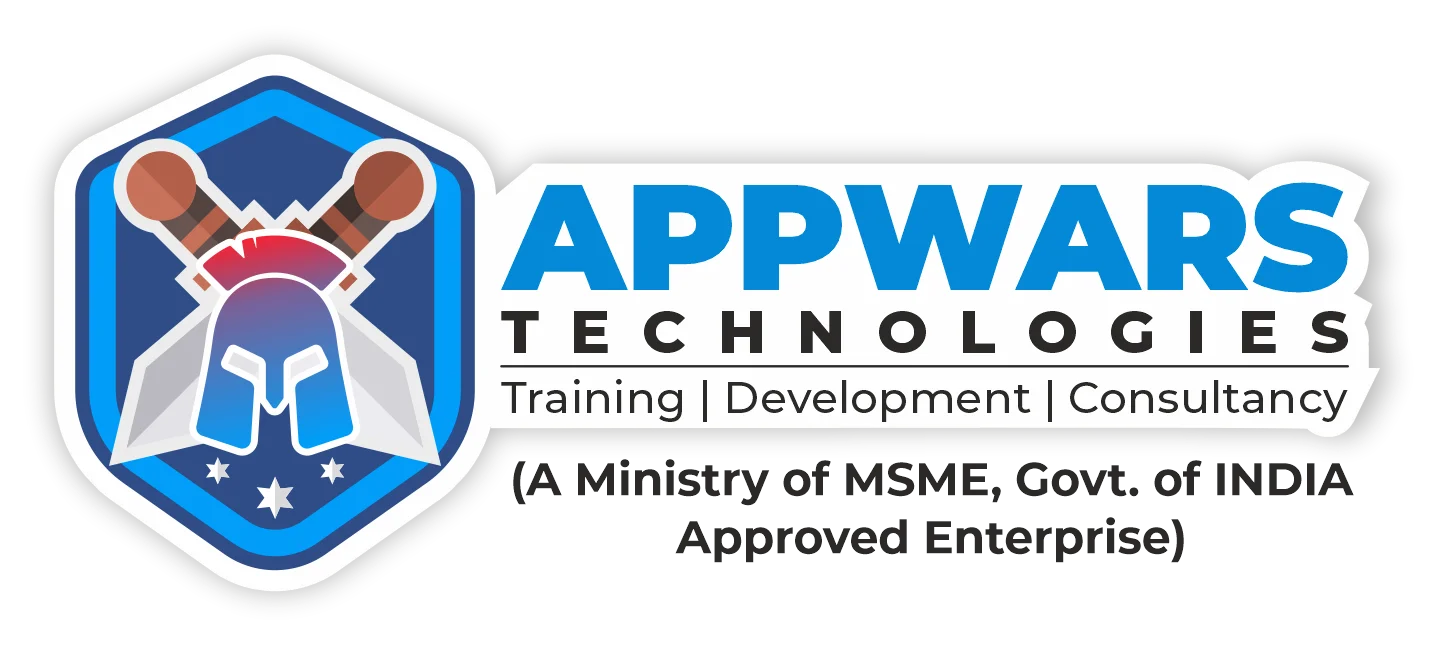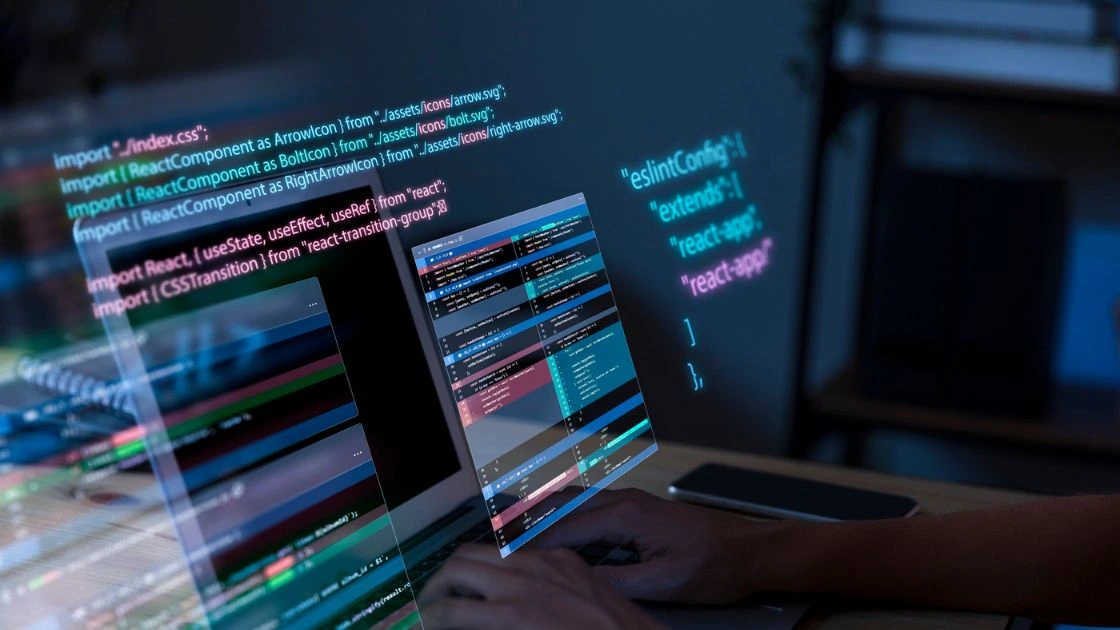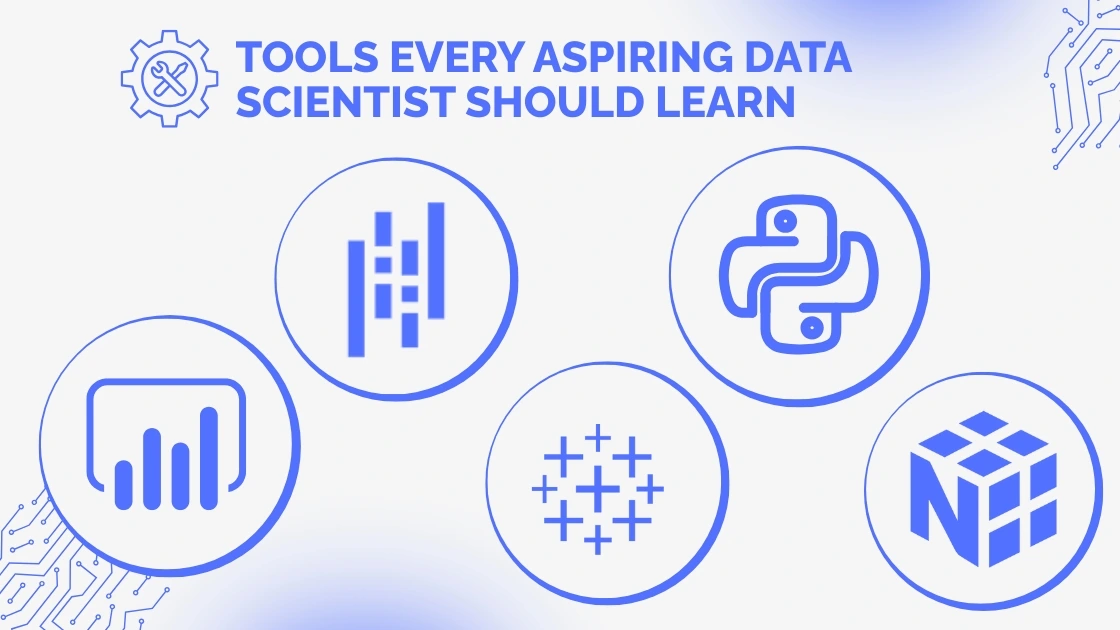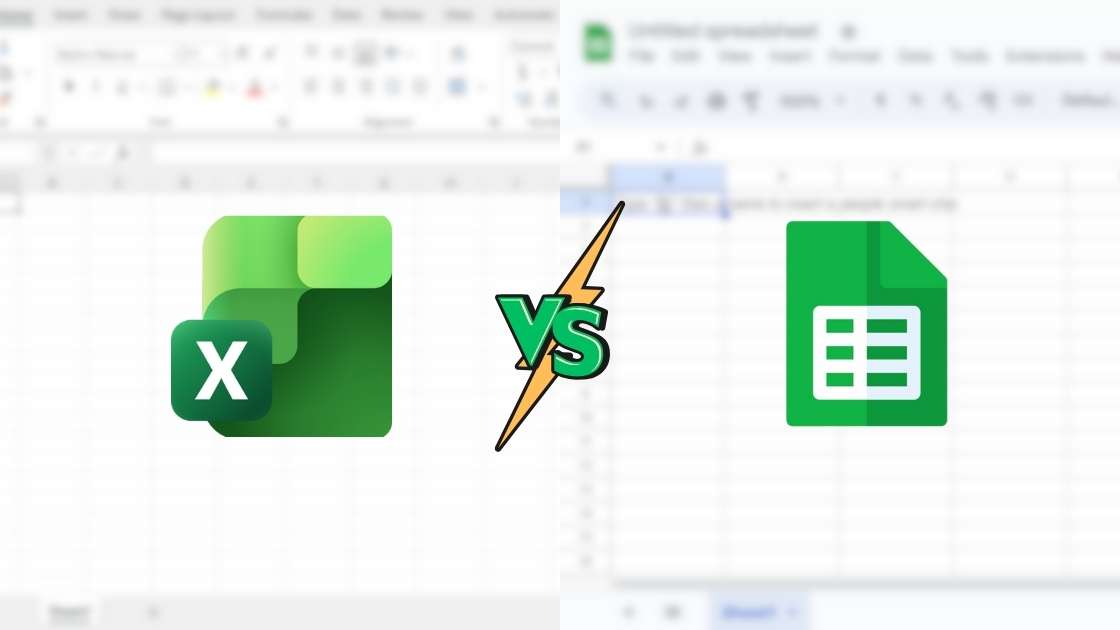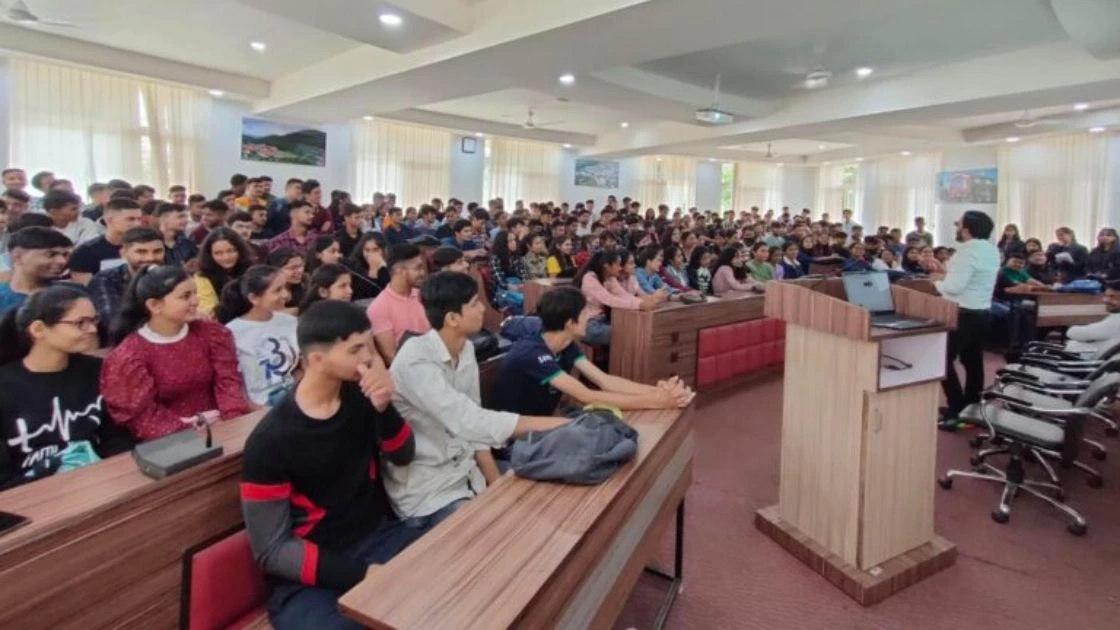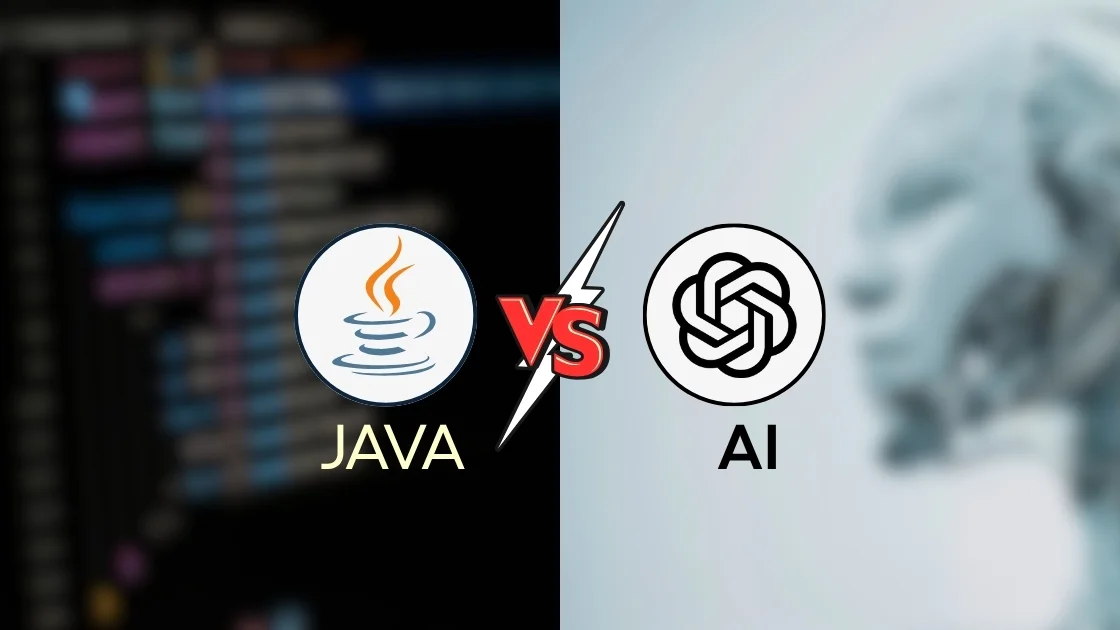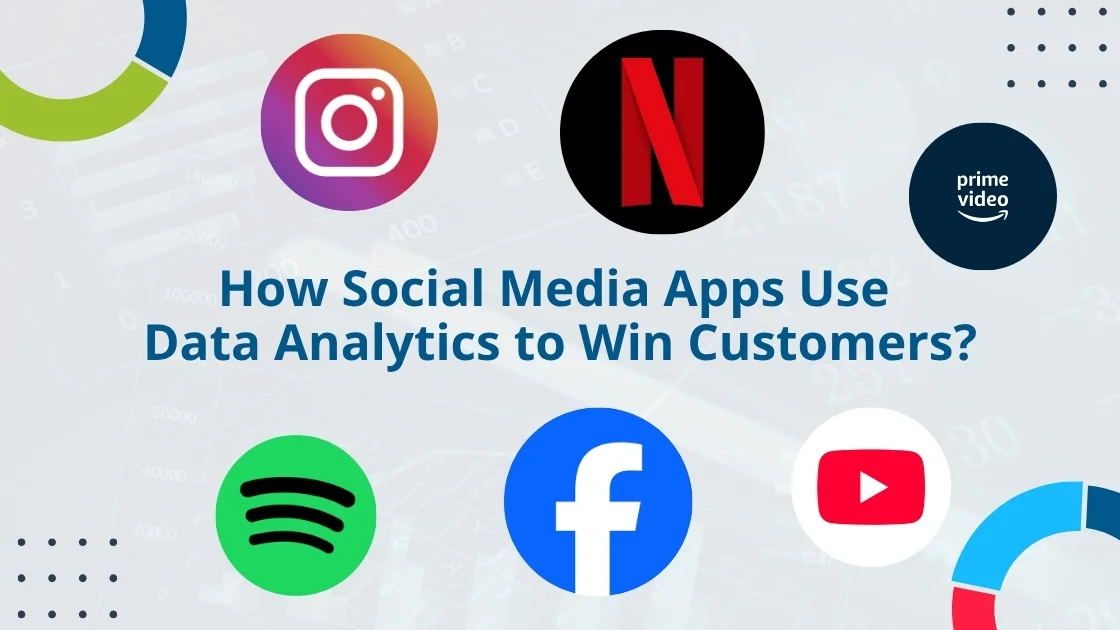The demand for skilled developers is higher than ever — and at the center of it all stands the full stack developer. In 2025, companies are aggressively hiring professionals who can handle both front-end and back-end development. If you want to become one, this full stack developer roadmap will guide you step-by-step from zero to hired in just six months. Whether you’re a student, career switcher, or someone starting from scratch, this roadmap gives you a practical, job-ready plan to follow.
What is a Full Stack Developer?
A full stack developer is a professional who can build complete web applications — from designing the front-end user interface to managing the back-end servers and databases. They have a strong command over multiple technologies, frameworks, and tools. In short, they can take an idea from concept to deployment without depending on separate front-end or back-end developers.
By following a structured full stack developer roadmap, you can systematically learn the required technologies, practice real-world projects, and prepare for interviews that land you a well-paying job.
Why Choose Full Stack Development in 2025?
2025 is one of the best years to become a full stack developer. Here’s why:
- High Demand: Companies prefer hiring versatile developers who can work on multiple layers of a project.
- Remote & Freelance Opportunities: Full stack developers can easily work as freelancers or remote employees for startups and global clients.
- Excellent Salary Growth: The average salary of a full stack developer in India is ₹6–12 LPA, and globally it’s over $100,000 per year.
- Startup-Friendly Skill: If you dream of building your own product, knowing full stack development helps you create an MVP (Minimum Viable Product) on your own.
Following a smart and structured full stack developer roadmap ensures you’re not wasting time on unnecessary topics and focusing only on what recruiters actually want.
6-Month Full Stack Developer Roadmap (2025 Edition)
This roadmap is broken down into six practical stages — one per month — to help you go from beginner to job-ready in half a year.
Month 1: Master the Fundamentals of Web Development
Start with the building blocks of the web. You need a strong base in:
- HTML5: Learn semantic elements, forms, and accessibility.
- CSS3: Understand layouts, Flexbox, Grid, animations, and responsive design.
- JavaScript (ES6+): Learn variables, functions, DOM manipulation, loops, arrays, and async programming.
Goal: Build 2–3 static websites and a basic interactive project like a calculator or to-do app.
Tip: Don’t skip JavaScript — it’s the heart of every full stack developer roadmap.
Month 2: Learn a Front-End Framework
Once you’ve mastered the basics, move to a modern front-end library or framework.
Top choices for 2025:
- React.js (most popular and widely used)
- Vue.js (lightweight and beginner-friendly)
- Angular (enterprise-level projects)
Focus on React.js since it dominates the market. Learn about:
- Components, Props, and State
- Hooks (useState, useEffect)
- Routing with React Router
- API Integration (using Axios or Fetch)
Goal: Create a dynamic front-end project — for example, a weather app or movie search app using an external API.
Month 3: Learn Backend Development (Node.js + Express)
The third month of your full stack developer roadmap is all about the back end.
Start with Node.js, a JavaScript runtime that lets you build scalable server-side applications, and pair it with Express.js, a popular backend framework.
Learn these key concepts:
- RESTful APIs
- Middleware
- Authentication & Authorization (JWT, OAuth)
- Error handling and routing
Goal: Build a simple REST API that performs CRUD operations (Create, Read, Update, Delete) — like a task manager or blog backend.
Month 4: Learn Databases
Databases store all your application data. You’ll need to understand both SQL and NoSQL systems.
- SQL: Learn MySQL or PostgreSQL for relational database design, queries, joins, and schema creation.
- NoSQL: Learn MongoDB for flexible data structures and scalability.
Connect your backend API to a database and practice writing optimized queries.
Goal: Build a project that integrates front-end, backend, and database — for example, a user registration system or notes app.
Month 5: Version Control, Deployment & DevOps Basics
This stage of your full stack developer roadmap makes you industry-ready. Learn how to collaborate, track code changes, and deploy your applications.
- Git & GitHub: Branching, pull requests, and merging.
- Deployment Platforms: Learn to deploy your app using Netlify (front-end) and Render or Vercel (backend).
- CI/CD Basics: Understand continuous integration and deployment pipelines.
- Cloud Fundamentals: Get familiar with AWS or DigitalOcean.
Goal: Deploy your full stack app and make it accessible via a live link.
Month 6: Advanced Topics, Projects & Interview Preparation
By month six, you should start polishing your portfolio and preparing for interviews.
Learn advanced concepts like:
- Authentication with OAuth or Firebase
- WebSockets and Real-time Apps
- Microservices & APIs
- Unit Testing (Jest, Mocha)
Now, focus on building 3–4 strong portfolio projects, such as:
- E-commerce website
- Blog platform
- Chat application
- Task management system
Each should showcase your ability to handle front-end, backend, and database integration.
Finally, practice DSA (Data Structures & Algorithms) basics and prepare for technical interviews by revising core JavaScript and React concepts.
Essential Tools for Every Full Stack Developer
To make your full stack developer roadmap more efficient, learn these tools along the way:
- VS Code – Best code editor with productivity extensions.
- Postman – For testing APIs.
- Docker – For containerizing your applications.
- Figma – For UI/UX design collaboration.
How to Stay Consistent During the Journey
Learning full stack development in six months is intense but possible with discipline. Here’s how to stay consistent:
- Follow a daily study plan (2–3 focused hours).
- Learn one topic at a time; don’t chase every new framework.
- Build something new every week, even if it’s small.
- Join coding communities (Reddit, GitHub, Discord) for accountability.
Final Thoughts
Becoming a full stack developer in 2025 isn’t about memorizing syntax — it’s about building projects that solve real problems. This full stack developer roadmap gives you a direct path from zero to hired in just six months.
If you stay consistent, keep practicing, and focus on understanding concepts instead of shortcuts, you can easily land your first full stack developer job or freelance gig by the end of this roadmap.
Remember: the goal isn’t just to “learn coding” — it’s to become employable. And with this roadmap, you’ll be more than ready to stand out in the competitive developer market of 2025.
